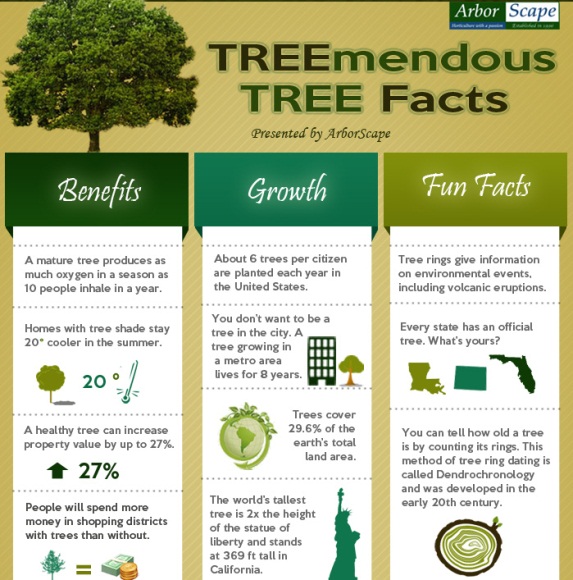Recognizing The Environmental Effects Of Tree Elimination: Crucial Information For You
Recognizing The Environmental Effects Of Tree Elimination: Crucial Information For You
Blog Article
https://pamplinmedia.com/cr/439728-352129-oregon-city-parks-director-resigns-after-city-felled-350-year-old-tree- -Marks Kay
When it concerns the environmental effect of tree removal, there are vital aspects that demand your attention. From the elaborate web of partnerships within communities to the succeeding impacts on climate patterns, the effects are profound. You could be stunned to uncover the complex ways in which the removal of trees can reverberate throughout the environment. Keep tuned to unravel the elaborate connections and ramifications of this relatively simple act.
Deforestation and Habitat Loss
Logging and habitat loss are vital problems stemming from tree elimination. When trees are lowered, it interferes with whole communities. Not only are the trees themselves shed, yet the homes and food resources of many plant and pet varieties are destroyed as well. Birds lose their nesting websites, mammals shed their sanctuary, and bugs lose their environments. The impacts surge via the food web, impacting killers and target alike.
Furthermore, deforestation contributes to environment adjustment. Trees play a critical role in absorbing carbon dioxide, a greenhouse gas that catches warmth in the environment. With fewer trees, there's less carbon dioxide absorption, bring about boosted degrees of this gas in the ambience and worsening international warming.
Environment loss is a straight result of deforestation, as the damage of woodlands means the loss of unique and diverse ecosystems. Lots of types are not able to adapt to fast modifications in their environment, leading to populace decreases and, in some cases, extinction.
Protecting browse around this site is important to keeping the fragile equilibrium of nature and making sure the survival of many plant and pet types.
Influence on Biodiversity
The removal of trees has a considerable influence on biodiversity, influencing the selection and abundance of plant and animal species in an area. Trees supply environment and food resources for countless microorganisms, from bugs to birds to mammals. When trees are gotten rid of, these species lose their homes and resources of sustenance, causing a decline in their populations. This disturbance can have cascading results on the whole ecological community.
Moreover, trees play a vital role in preserving biodiversity by producing microhabitats within their covers, trunks, and roots that support a large range of varieties. When trees are reduced, these specialized settings are damaged, minimizing the overall diversity of the area.
Furthermore, the removal of trees can lead to a decline in hereditary variety within plant populaces, as particular tree types may no more have the ability to replicate or spread successfully. Safeguarding trees and forests is vital for preserving biodiversity and guaranteeing the health and wellness of ecosystems for future generations.
Dirt Disintegration and Climate Modification
With trees being removed from an area, the interruption of dirt framework and security occurs, bring about increased soil erosion. Trees play an essential function in stopping erosion by holding soil in place with their origin systems. When trees are gotten rid of, particularly in large numbers, the soil ends up being much more at risk to erosion from wind and water. This disintegration not just affects the prompt environments but can also cause sedimentation in nearby water bodies, affecting water quality and aquatic ecological communities.
In addition, trees aid regulate the environment by taking in co2 during photosynthesis. When trees are cut down, this all-natural carbon sink is decreased, adding to raised degrees of greenhouse gases in the atmosphere. This can exacerbate climate adjustment, bring about more severe climate events and disruptions in ecological communities worldwide.
Consequently, the elimination of trees not only increases dirt erosion yet also plays a role in the larger ecological concern of climate modification. It's important to think about these elements when analyzing the impacts of tree removal on the atmosphere.
Conclusion
Now that you recognize the environmental effect of tree removal, think about the repercussions before cutting down trees. Logging interferes with ecosystems, reduces biodiversity, and adds to soil erosion and environment change. By being mindful of the influence of tree elimination, you can assist safeguard our atmosphere and maintain the fragile balance of nature. Make educated selections and think about alternative solutions to lessen the negative impacts on our world.
